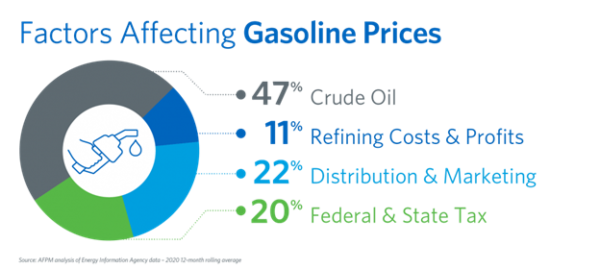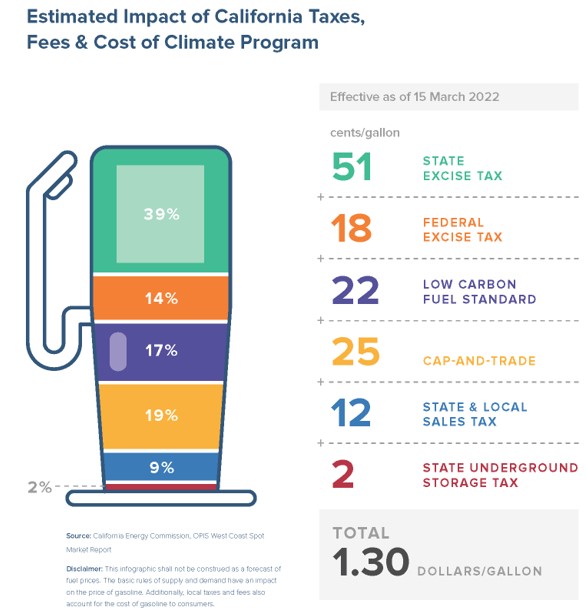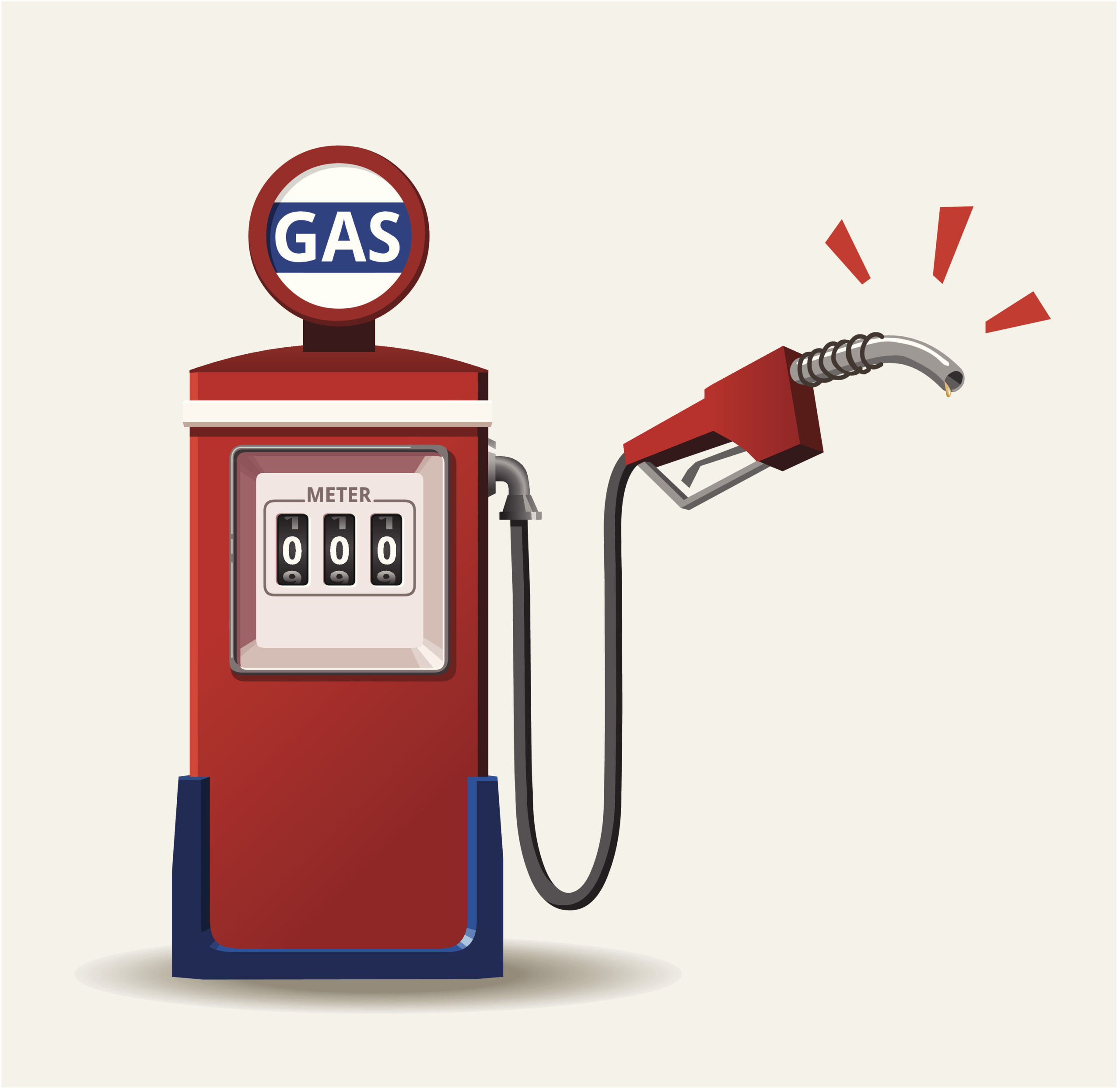California drivers usually pay the highest price per gallon of any state in the country except Hawaii, to fill up their gas tanks. Many factors impact what you pay at the pump, such as the price of crude oil, refining costs, taxes and other fees, marketing, and distribution costs. Some of the costs are because Californians live in the state with the strictest environmental regulations that mandates local refineries produce the world’s cleanest-burning gasoline for sale in California.
Crude oil is the primary raw material used to make gasoline. As AFPM (American Fuel & Petrochemical Manufacturers) explains, the cost of crude oil typically has the most significant impact on the price of gasoline at the pump. The price of crude oil is determined in the global market rather than by the refiner. The saying is that “…the market is the maker (of price), while the Refiner is the taker.

The market price is affected by global oil production, which is notably led by OPEC and increasingly, U.S. production; as well as demand for all refined petroleum products like gasoline, diesel, and jet fuel; the world economy; and geopolitics. For example, one of the global benchmarks for the price of oil is West Texas Intermediate (WTI), which rose to over $113 in March of 2022, an increase of more than $35 from the beginning of the year.
In terms of production levels, California crude oil production has been falling due to delays in permitting. Consequently, California refineries are importing more crude oil from other countries to supply the state’s energy needs. The additional cost to transport imported raw materials also contributes to the price of gasoline.
Importantly, Torrance Refining Company is an independent merchant refiner, meaning we sell fuel to other companies, we do not operate our own retail gas system. The illustration below provides an updated breakdown on how these factors add up to the price people pay for gasoline at the pump.
For additional information on gasoline prices, please visit AFPM: Gasoline Prices or EIA: Factors Affecting Gasoline Prices.
Did you know?
Many retail gasoline outlets fly the flag of a major oil company. However, about 95% of retail gasoline outlets in California are independently owned. Small businesses paid a fee to be licensed and branded with a major oil company.
As you can see in the model below, the amount of federal and state taxes and fees far outpace refining costs and profits, which is important to consider when public officials come under pressure for rising costs of fuel and look to blame oil companies. We manufacture commodity products that help make modern life possible at a fair, reasonable cost that is based on supply and demand from the motoring public, businesses, and government, including the military.


